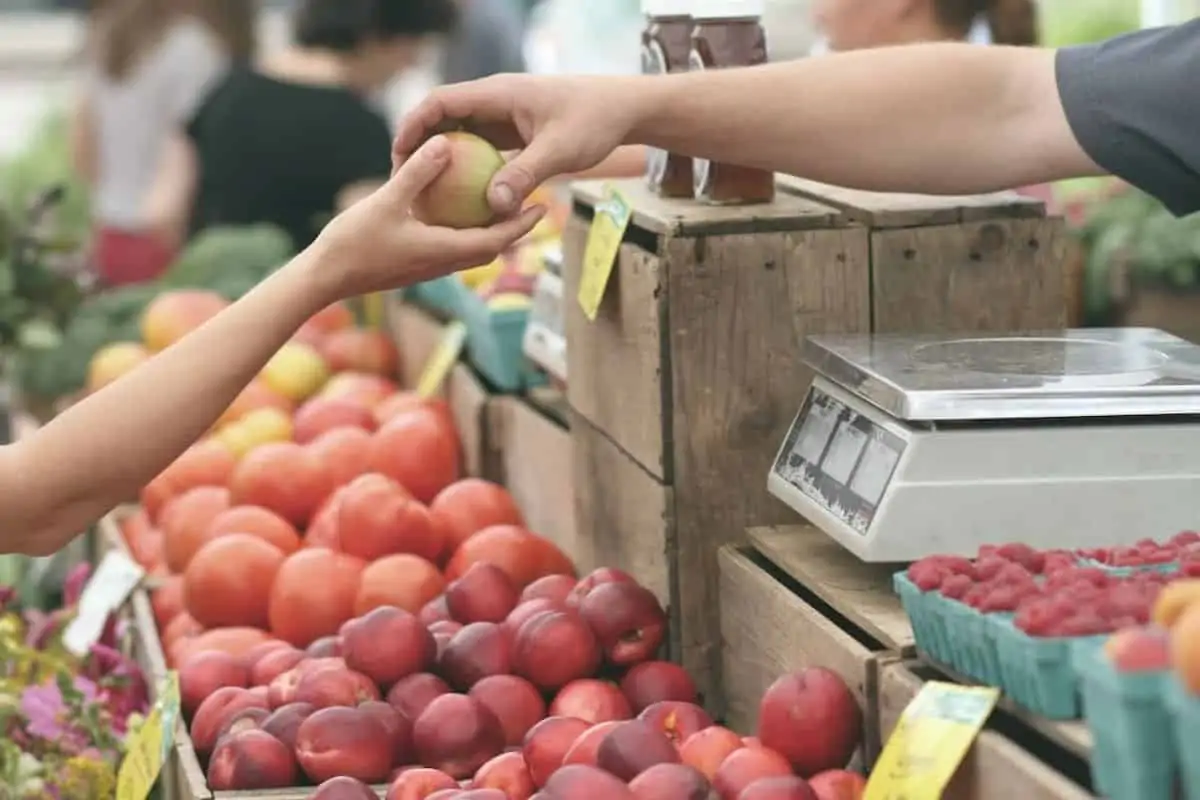Grocery prices have hit the pockets of South Africans in a pretty significant way. However, there are a select few items that are considered to be a bit more affordable than others.
By how much have grocery prices increased?
In the past week, South Africans have noticed that their favorite and essential foods have increased significantly within a time span of a week. According to Business Tech, food prices have increased by a whopping 13 percent in December 2022.
Food stores such as Woolworths, Pick n Pay, and Checkers have respectively increased their prices of groceries. Shoppers have been particularly shocked at the cost of a case of milk which is at a total of R111.
For the first quarter of 2023, South Africans will be kept on a tight budget as grocery prices are expected to remain elevated in the coming months.
On average, households in South Africa would need to spend a total of R4 835 on nutritional foods which include Butternuts, Tomatoes, Potatoes, and Beef.
Statistics shared by the Pietermaritzburg Economic Justice and Dignity Group, more than half of South Africa’s population is currently living below the upper-bound poverty line of R1 417 per month. In essence, many South Africans will be unable to keep up with the price hike in the coming months.

Spending money wisely
In order to save some bucks, there are some useful tips for making sure you get the most out of your money. Even if grocery prices slightly make this harder.
Here are some tips for shopping:
- Make a list and stick to it
- Buy items on sale
- Compare prices between stores
- Join a loyalty program
- Clip coupons
- Avoid pre-packaged or processed foods
Thus far, the driving force behind the elevated levels of inflation comes as a result of rising prices of food and non-alcoholic beverages which increases by a total of 12 percent year-on-year.
As the first quarter of 2023 has just begun, how will you be doing your grocery shopping?
